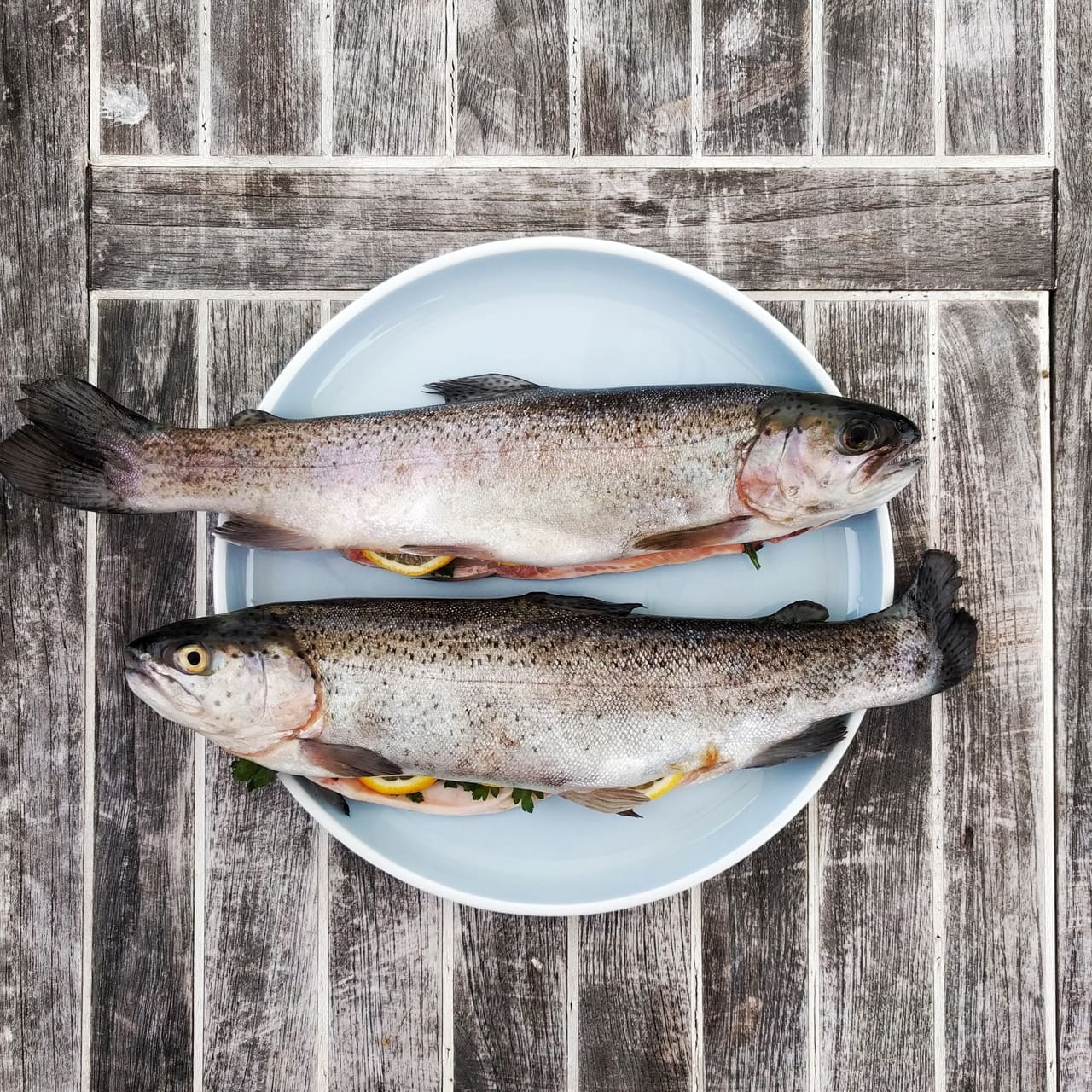Introduction
The Apache Trout (Oncorhynchus gilae apache) is a unique species of freshwater fish from the Salmonidae family. It is a native species in the cold waters of the White Mountains, specifically in the upper Salt River watersheds in Arizona, United States.
Conservation Status
Once on the brink of extinction, the Apache trout is now listed as ”Threatened” under the U.S. Endangered Species Act. Conservation efforts including habitat restoration and stocking programs have been crucial in improving the species’ situation.
Statistics
| Average Length | Length Range | Average Weight | Weight Range | Average Lifespan |
|---|---|---|---|---|
| 13-23 inches | 6-40 inches | 0.5-2 pounds | 0.3-6 pounds | 6-10 years |
Distribution
Originally distributed across the White Mountain region of Arizona, restoration efforts have recently seen their range expanded to nearby streams and rivers, although they remain primarily located in their native region. Apache Trout do not follow a specific migration pattern.
Habitats
The Apache Trout favours cool and clean mountain creeks, small rivers, and lakes. It requires low temperature (10-20 degrees Celsius) environments with a clear and salmonid rich water habitat.
When and Where to See
Spotting the Apache Trout is possible throughout the year but is particularly abundant in the warmer months from April to September, typically during early morning and late evening. Their habitats primarily include the White Mountain region of Arizona.
Best Fishing Locations
The Apache trout is a sought-after game fish, famous for their fight. Key locations to catch this unique fish include:
- White River
- Black River
- Little Colorado River
- Lee Valley Reservoir
- Horseshoe Cienega Lake
- Rose Canyon Lake
- J.D. Dam Lake
- Canyon Creek
- Christmas Tree Lake
How to Catch
Apache Trout are strong fighters and are primarily caught by fly-fishing or spinning. Baits such as earthworms or corn are preferred. Fishing during early mornings or late in the evening during spring or fall is often the most effective.
Identification Guide
Characterised by a golden-yellowish body, a slightly forked tail, and small dark spots evenly dispersed along the fins and back. The Apache Trout is often mistaken for cutthroat trout due to their similar physical features.
Culinary
Known for its firm, pinkish meat, the Apache Trout provides a delicate nutty flavor. Common cooking methods include grilling, broiling, and baking. It’s considered a delicacy in many culinary circles.
Additional Information
The Apache Trout feeds mainly on aquatic insects, smaller fish, and crustaceans. The species’ main predators are birds and larger fish species, with human activity and habitat destruction posing additional threats.
References and Further Reading
- U.S Fish & Wildlife Service – Apache Trout Info
- FishBase – Apache Trout
- Arizona Game & Fish Department – Comprehensive Apache Trout Information

